Which Sheep: Find the Sheep of Your Dreams
With more than a thousand breeds to choose from, first-time sheep farmers must plan carefully, making sure to provide plenty of space and strong fencing.
Which Sheep: Find the Sheep of Your Dreams
With more than a thousand breeds to choose from, first-time sheep farmers must plan carefully, making sure to provide plenty of space and strong fencing.
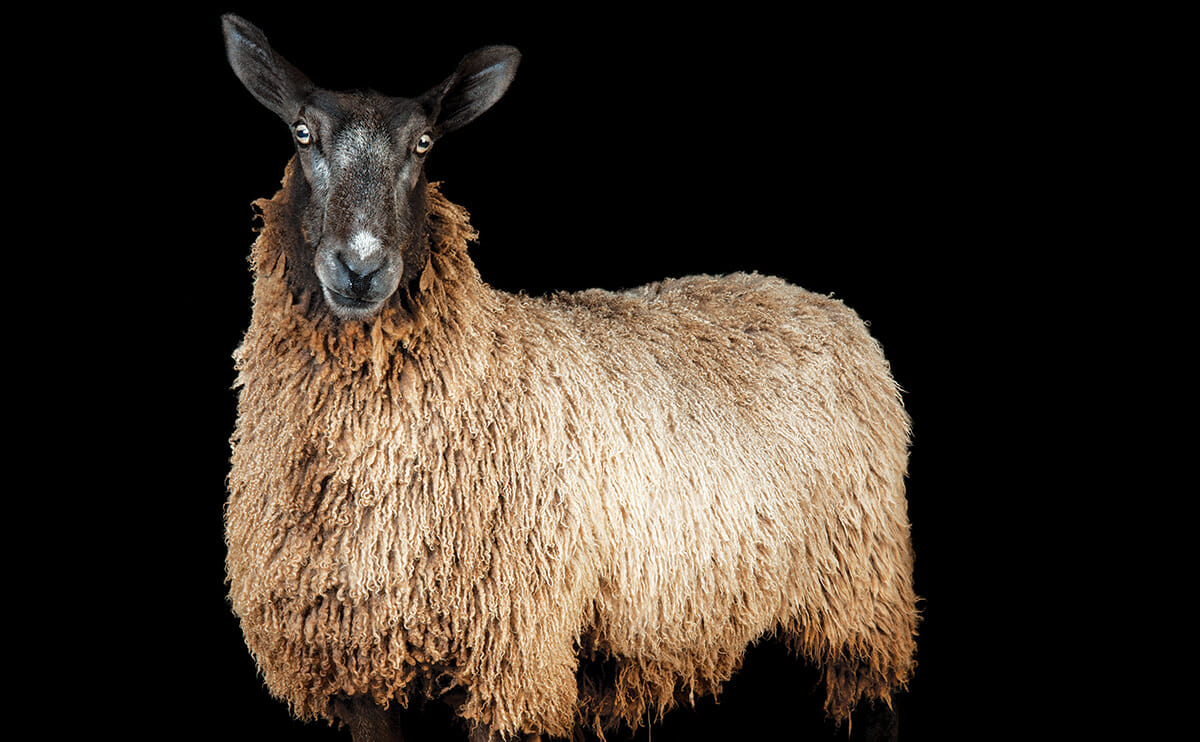
With more than a thousand breeds to choose from, first-time sheep farmers must plan carefully, making sure to provide plenty of space and strong fencing.
Sheep are social animals, so they need companionship. Keep at least two sheep at a time, recommends Susan Schoenian, a sheep and goat specialist at the Western Maryland Research and Education Center. “A sheep will become very agitated if it is separated from the rest of the flock,” she explains. Sheep also enjoy human company, but ewes and wethers (castrated males) will make better pets than rams, which can become large and aggressive. Steer away from breeds like the Wiltshire Horn, of which both males and females carry horns, in favor of polled (that is, hornless) varieties. As long as you don’t mix polled and horned animals, sheep and goats can live together quite happily.
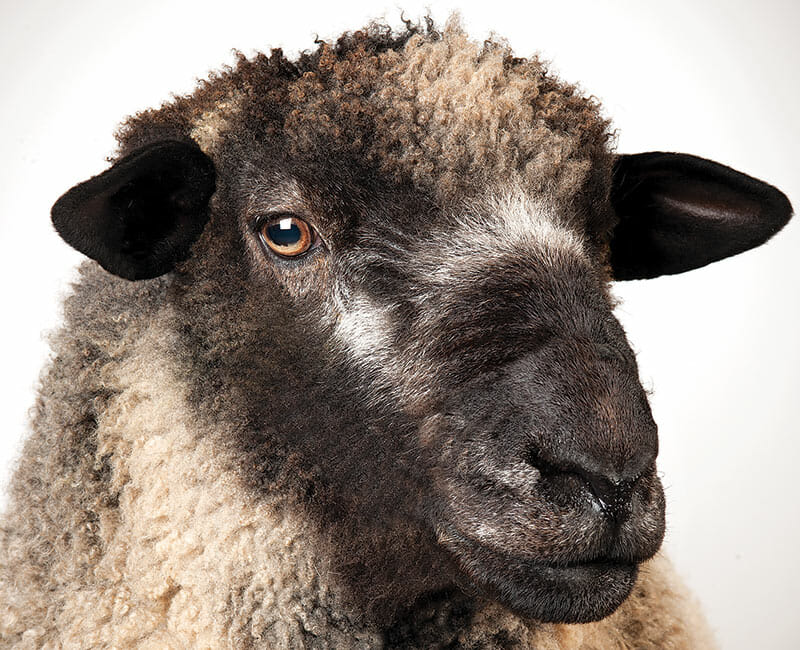
Wool textures vary across breeds, with carpet-wool sheep producing fibers almost twice as thick as fine-wool sheep. If you’re looking to spin wool by hand, you may prefer long-wool breeds, such as Romneys and Lincolns. These are commonly raised in rainy places like England and New Zealand, unlike fine-wool sheep, which adapt better to arid environments, such as the American Southwest.
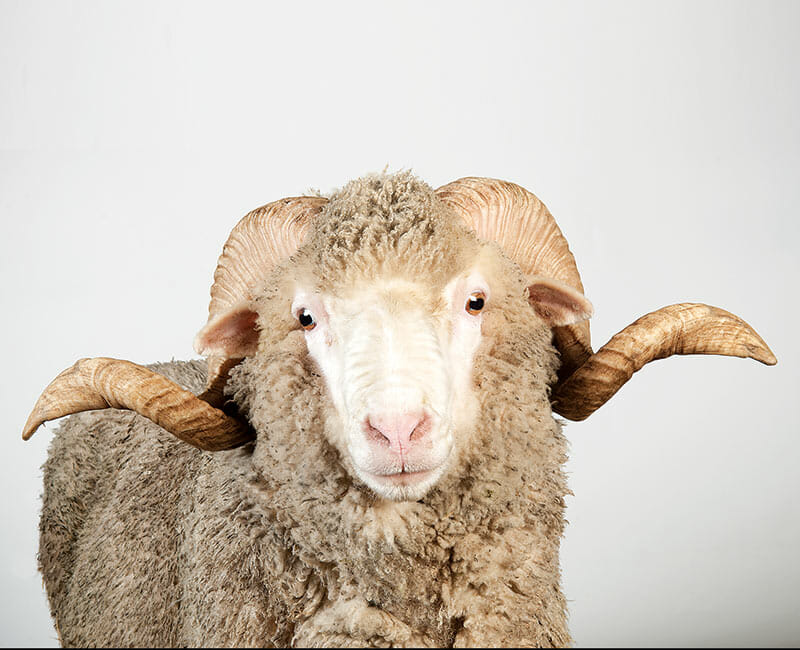
For many sheep farmers, the best choice for fine wool may be Delaine Merinos, which can thrive practically anywhere. Bred for beautiful fleece and smooth skin, Delaine Merinos will produce 2 1/2 to 4 inches of top-quality wool per year. (Note: Small-scale sheep farms should hire professional shearers on an annual basis, because it’s no simple matter to relieve a sheep of its fleece.)

If your primary interest is meat, consider raising hair sheep instead of wooled. “They are very easy keepers, are somewhat parasite-resistant and do not have to be sheared,” says Frank Craddock, a professor and sheep and goat specialist at Texas A&M University, who recommends the Dorper and the Katahdin breeds as best bets for small flocks. Dorper sheep sport smooth coats and are raised for mutton as well as top-of-the-line sheepskin. Katahdin are a hair breed that will shed their winter coats in colder climates during springtime. They are raised primarily for lamb meat. Both breeds are good foragers and require minimal intervention.
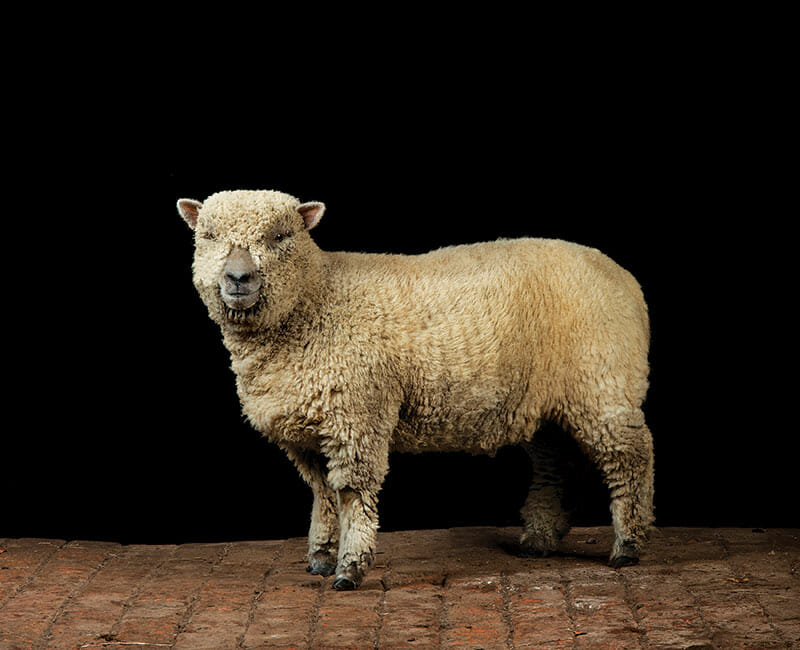
Hair sheep make up only 10 percent of the world’s sheep population, largely because they are so useless as sweater material. If what you want is both meat and wool, then go with Hampshire, Suffolk or Southdown.
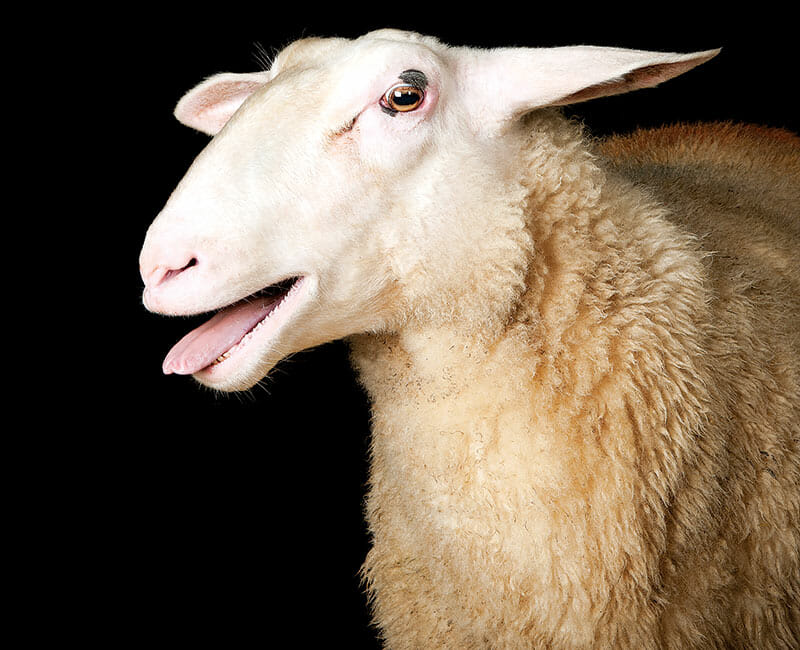
East Friesians have been called the Holsteins of the sheep world. Sheep’s milk is higher in fat than milk from cows or goats, and tastes sweeter than either. Yet cheeses made from sheep’s milk tend to include “more savory notes,” according to Erika Scharfen, head cheesemaker at Pennyroyal Farm in Boonville, California. Lacaune sheep produce the richest milk, used to make Roquefort cheese in southern France. But Scharfen, who also manages the dairy herd at Pennyroyal, recommends cross-breeding because “three-quarter dairy animals can be as productive as full dairy animals and tend to be heartier.” Overall, dairy sheep require more painstaking care than sheep raised for fiber or meat because they must be managed to support and extend lactation.
Ricotta di Pecora (Sheep’s Milk Ricotta)
In Italy, ricotta is traditionally produced from sheep’s milk whey left over from the production of other cheeses, like Pecorino, but it can be made at home with whatever milk you have on hand. Fresh ricotta is remarkably versatile: Eat it with fruit, spread it on toast or spoon it into a salad. If using cow’s or goat’s milk, you may wish to substitute a cup of milk with heavy cream.
Makes about 1 cup ricotta
Ingredients:
4 cups whole sheep’s milk (or other whole milk)
1â„2 teaspoon sea salt
3 tablespoons distilled white vinegar or fresh
Lemon juice
Equipment:
Cheesecloth
Strainer
Cooking thermometer
1. Line large strainer with double layer of cheesecloth and place over large bowl.
2. Combine milk and salt in saucepan and set over medium heat, stirring frequently. Be sure to run spoon all the way to bottom of saucepan to prevent scorching. Bring liquid to about 190F(88C) – or just to the point of a simmer – and remove from heat. Do not allow milk to boil.
3. Immediately mix in acid (vinegar or juice) with 3 quick stirs, then allow curds to form
for 5 minutes without stirring. You should see solids separating from clear liquid.
4. Carefully pour curds into cheesecloth-lined strainer and allow to drain for 10 to 30 minutes. The longer the cheese drains, the more crumbly the ricotta will be. Discard the excess liquid.
5. Transfer ricotta to airtight container and cover cheese directly with plastic wrap or foil. It will keep, refrigerated, for up to 1 week.
Follow us
This work is licensed under a Creative Commons Attribution-NoDerivatives 4.0 International License.
Want to republish a Modern Farmer story?
We are happy for Modern Farmer stories to be shared, and encourage you to republish our articles for your audience. When doing so, we ask that you follow these guidelines:
Please credit us and our writers
For the author byline, please use “Author Name, Modern Farmer.” At the top of our stories, if on the web, please include this text and link: “This story was originally published by Modern Farmer.”
Please make sure to include a link back to either our home page or the article URL.
At the bottom of the story, please include the following text:
“Modern Farmer is a nonprofit initiative dedicated to raising awareness and catalyzing action at the intersection of food, agriculture, and society. Read more at <link>Modern Farmer</link>.”
Use our widget
We’d like to be able to track our stories, so we ask that if you republish our content, you do so using our widget (located on the left hand side of the article). The HTML code has a built-in tracker that tells us the data and domain where the story was published, as well as view counts.
Check the image requirements
It’s your responsibility to confirm you're licensed to republish images in our articles. Some images, such as those from commercial providers, don't allow their images to be republished without permission or payment. Copyright terms are generally listed in the image caption and attribution. You are welcome to omit our images or substitute with your own. Charts and interactive graphics follow the same rules.
Don’t change too much. Or, ask us first.
Articles must be republished in their entirety. It’s okay to change references to time (“today” to “yesterday”) or location (“Iowa City, IA” to “here”). But please keep everything else the same.
If you feel strongly that a more material edit needs to be made, get in touch with us at [email protected]. We’re happy to discuss it with the original author, but we must have prior approval for changes before publication.
Special cases
Extracts. You may run the first few lines or paragraphs of the article and then say: “Read the full article at Modern Farmer” with a link back to the original article.
Quotes. You may quote authors provided you include a link back to the article URL.
Translations. These require writer approval. To inquire about translation of a Modern Farmer article, contact us at [email protected]
Signed consent / copyright release forms. These are not required, provided you are following these guidelines.
Print. Articles can be republished in print under these same rules, with the exception that you do not need to include the links.
Tag us
When sharing the story on social media, please tag us using the following: - Twitter (@ModFarm) - Facebook (@ModernFarmerMedia) - Instagram (@modfarm)
Use our content respectfully
Modern Farmer is a nonprofit and as such we share our content for free and in good faith in order to reach new audiences. Respectfully,
No selling ads against our stories. It’s okay to put our stories on pages with ads.
Don’t republish our material wholesale, or automatically; you need to select stories to be republished individually.
You have no rights to sell, license, syndicate, or otherwise represent yourself as the authorized owner of our material to any third parties. This means that you cannot actively publish or submit our work for syndication to third party platforms or apps like Apple News or Google News. We understand that publishers cannot fully control when certain third parties automatically summarize or crawl content from publishers’ own sites.
Keep in touch
We want to hear from you if you love Modern Farmer content, have a collaboration idea, or anything else to share. As a nonprofit outlet, we work in service of our community and are always open to comments, feedback, and ideas. Contact us at [email protected].by Karen Leibowitz, Modern Farmer
December 9, 2013
Modern Farmer Weekly
Solutions Hub
Innovations, ideas and inspiration. Actionable solutions for a resilient food system.
ExploreExplore other topics
Share With Us
We want to hear from Modern Farmer readers who have thoughtful commentary, actionable solutions, or helpful ideas to share.
SubmitNecessary cookies are absolutely essential for the website to function properly. This category only includes cookies that ensures basic functionalities and security features of the website. These cookies do not store any personal information.
Any cookies that may not be particularly necessary for the website to function and are used specifically to collect user personal data via analytics, ads, other embedded contents are termed as non-necessary cookies.
I;m curious what you think or have heard about the Icelandic sheep for milk and also for a small backyard farm.